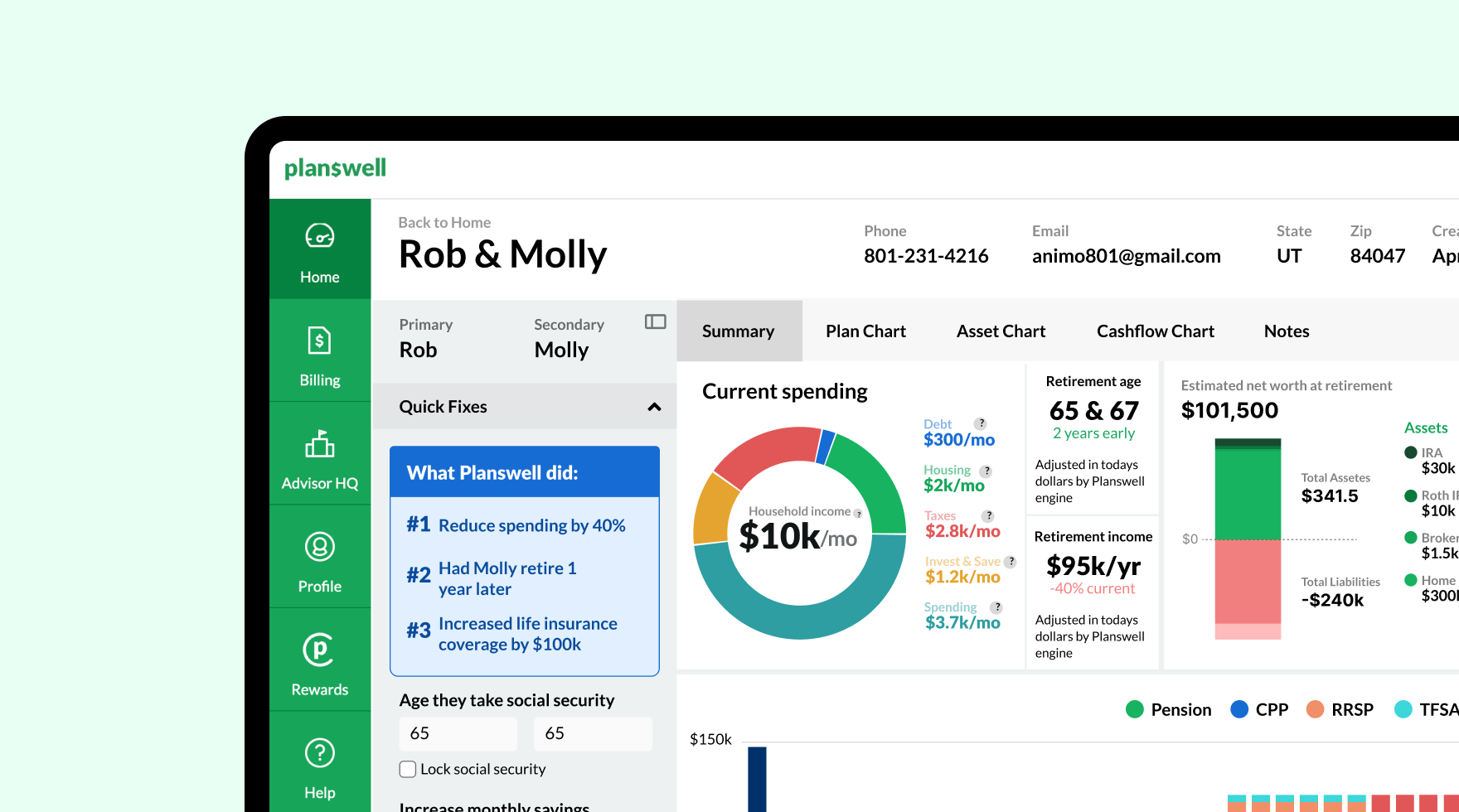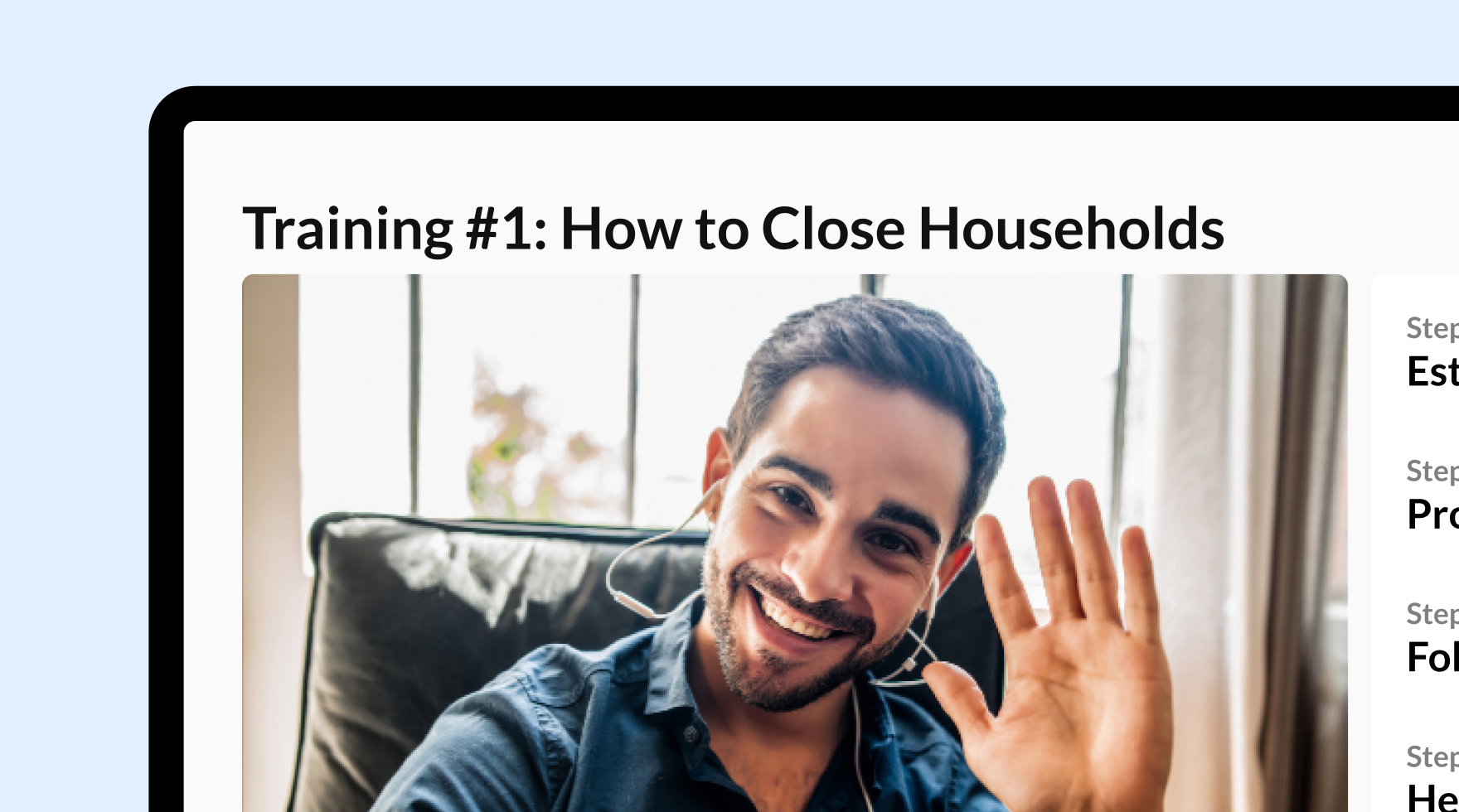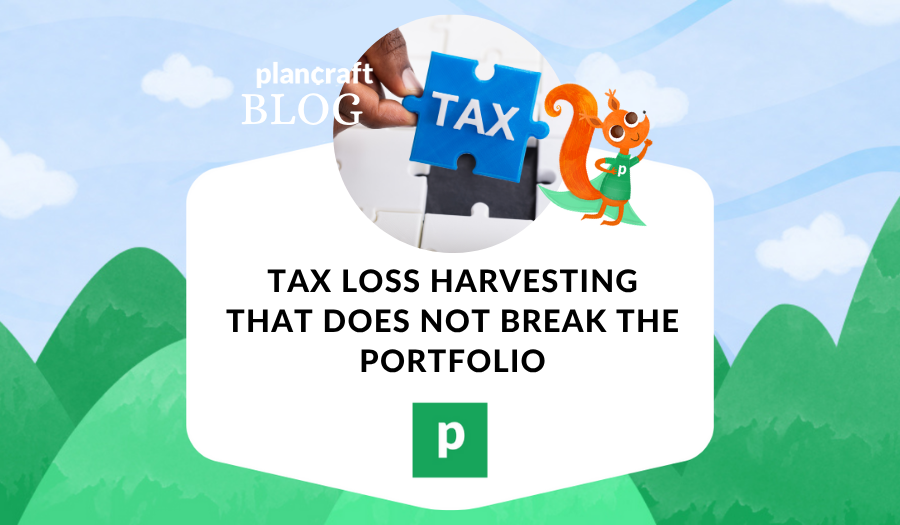Every fall, clients hear “harvest losses” and imagine something complicated or edgy. It does not have to be either. Loss harvesting is a housekeeping move: you bank capital losses without changing the portfolio’s job. The trick is staying invested while the tax slip is printed.
Start with what the client can explain
I keep the story simple: we are swapping from A to B for at least 31 days to realize a loss, but we are keeping essentially the same exposure the whole time. If the client can repeat that sentence, you are already ahead of most mistakes.
The three “usually” rules
- Harvest only when you can stay invested.
Swaps are the point. If you sell to cash and wait, you are timing, not harvesting. - Use tight but not identical proxies.
Match the exposure well enough that a month from now the client feels like nothing changed except the cost basis. - Coordinate across accounts.
Wash sales can be triggered by buys in IRAs and Roths, not just taxable. One household, one playbook.
What counts as “not substantially identical”
You do not need to be clever. Examples that generally work in practice:
- Total US equity ETF ↔ large blend ETF with slightly different construction
- Cap-weighted international ETF ↔ developed ex-US ETF with a different index family
- US aggregate bond fund ↔ Treasury-heavy core bond fund with similar duration
- Value or small-cap ETF ↔ a different provider tracking a different index with the same tilt
If overlap feels high, widen the substitute slightly (for example, from “US value” to “US mid value”), then plan the round-trip back if you prefer Fund A long term.
Avoiding the quiet tripwires
- Automatic dividend reinvestment.
Turn it off for 31 days in the harvested position so tiny purchases do not create wash-sale adjustments. - Ongoing contributions.
Redirect fresh dollars away from the harvested fund for the 30 days before and after the sale. - Securities lending and derivatives.
If you are swapping between funds with different structures (ETF vs mutual fund, futures-driven vs cash), confirm the exposure really matches the client’s risk. - Advisors in a hurry.
Harvest lots that are meaningfully negative and easy to track. You do not need twenty tickets when four will do.
Where losses actually help
- Offset current-year gains. Realized gains from rebalancing, a legacy holding you finally trimmed, or a business liquidity event can be softened with banked losses.
- Shelter up to 3,000 dollars of ordinary income. Modest but reliable, especially in lower-gain years.
- Carryforward value. Losses you do not use this year can offset future gains. Clients appreciate seeing a “loss bank” tracked on one line of your report.
A calm harvest rhythm
I like two windows a year: one mid-year, one late in the fall. In choppy markets, add opportunistic passes when drawdowns exceed a pre-set threshold for a sleeve (say, down 8 to 10 percent from high water). The rule is not sacred; the predictability helps you avoid rushing.
Two short client sketches
Index investor, balanced portfolio
Taxable holds a total US ETF and a developed ex-US ETF; bonds live mostly in pre-tax. A September downdraft makes both equity funds harvestable. We swap US total market to a large-blend ETF from a different index family and developed ex-US to a similar proxy. Dividends stop reinvesting for a month. In the IRA and Roth, we avoid buying those two funds during the window. Thirty-one days later we decide whether to stay or round-trip to the originals. Client stays invested throughout, tax lot basis resets lower, and a loss bank appears for future rebalancing.
Active tilt, higher turnover risk
A client owns a small-cap value ETF and a quality tilt ETF in taxable. The small value sleeve is down double digits; quality is flat. We harvest the small value ETF into a different small value index from another sponsor. Because the active tilt in quality might realize short-term gains this year, we harvest enough small value loss to offset a portion of that expected gain. The allocation looks the same on the dashboard. The tax picture looks cleaner in April.
When not to harvest
- If the only available proxies are poor fits that change risk in a way the client will feel.
- If a planned capital gain (e.g., business sale) will qualify for favorable treatment you do not want to obscure with losses you will wish you had later.
- If the client is about to switch custodians or strategies and tracking the lots will be messy; stage the move first.
What to write in the file
One paragraph does the job: what you swapped and why, the dates that define the wash-sale window, which accounts were coordinated, and the amount harvested. Add a reminder to re-evaluate after 31 days. Future you—and compliance—will thank you.
An honest bar for success
Clients do not remember basis decimals. They remember whether they stayed invested and whether April felt orderly. If your harvests keep risk steady, improve flexibility on future rebalances, and show up clearly on the tax report, you are doing it right.









